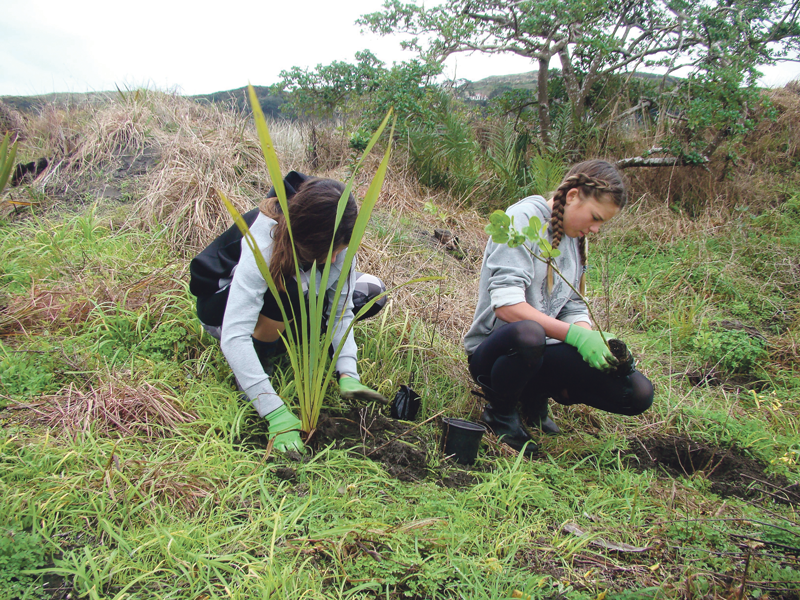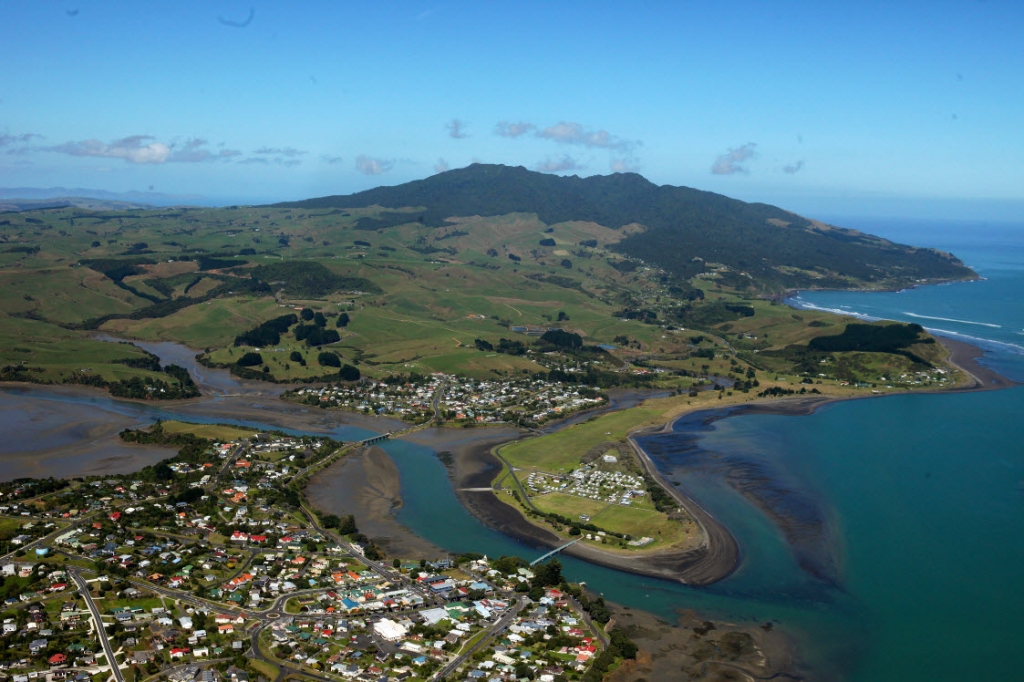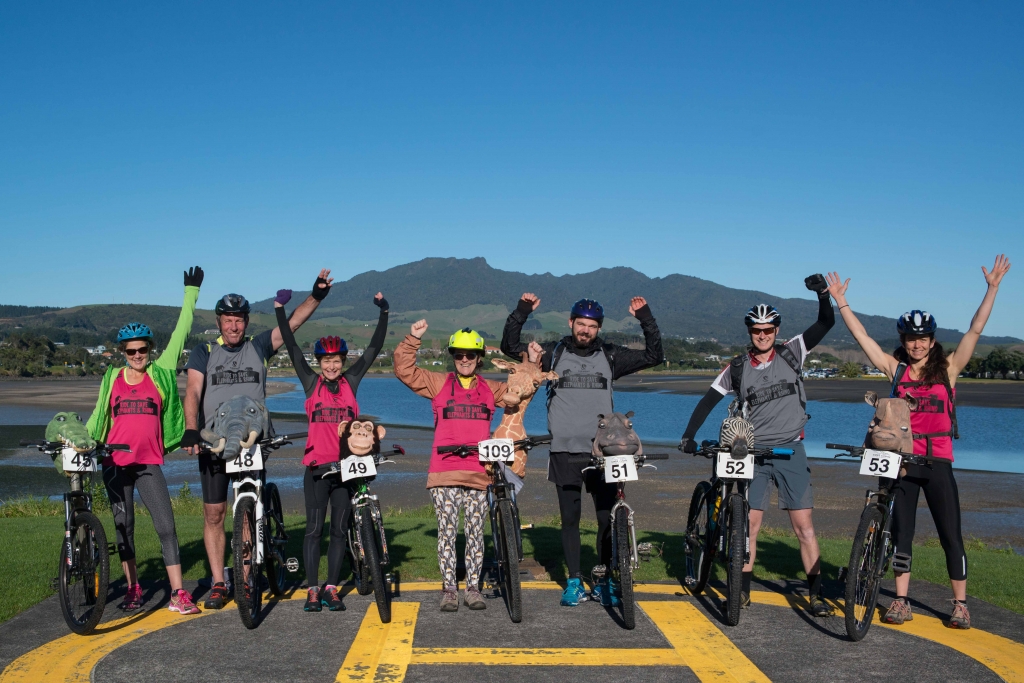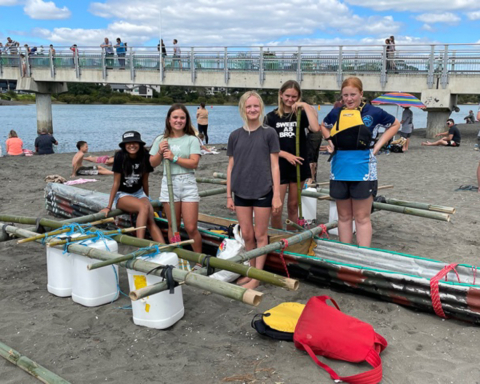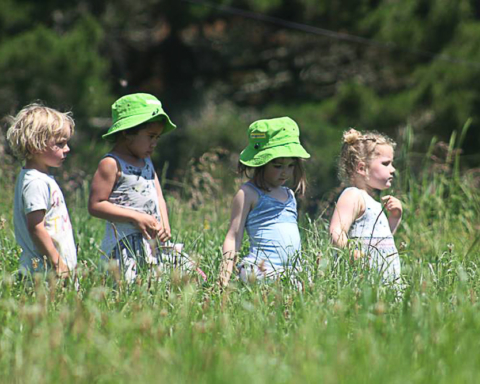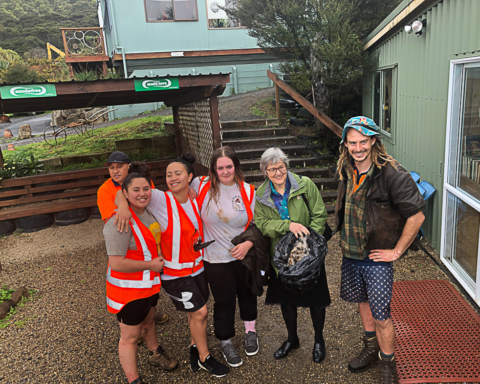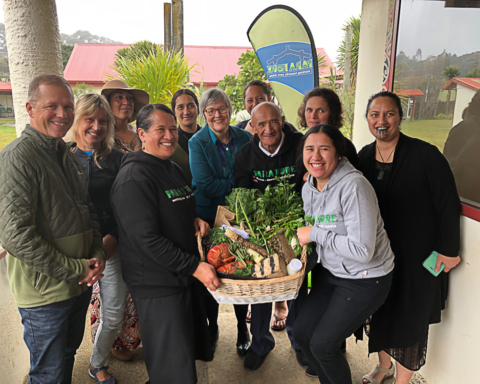Beachcare coordinator Stacey Hill wants the community to be more mindful about its dunes.
“We don’t really think about it but kids running down the dunes and having fun are really damaging to the fragile native plants that provide a buffer system to protect against coastal erosion,” says Stacey, who will be coordinating a Beachcare planting at Ruapuke on Sunday, August 6.
Most of the coastal dunes in the Waikato are now relatively bare environments compared to their natural state before European settlement, and lack native trees and shrubs.
Their barren nature has been caused by stock trampling coastal dune systems, sand mining, vegetation being destroyed or removed for the development of beachfront communities, properties and reserves, and the introduction of exotic vegetation and infestation of weeds.
Stacey says foredune vegetation – native sand-binding grasses such as pingao and spinifex – are extremely important to protect and plant to help protect the land during natural processes of erosion.
Sand is constantly moving, she says.
The dunes are built up by winds blowing sand inland and that sand needs to be captured by grasses so that there is something to be taken away again during storms rather than waves eroding the land.
About 1200 plants will be planted by volunteers at Ruapuke on Sunday as part of the Waikato Beachcare programme that has been running for over 20 years.
Every year the Waikato Regional Council, which partners with Waikato District Council to restore coastal reserves in the Raglan and Ruapuke area, provides over 50,000 coastal plants for coastal communities.
Stacey says the work relies on volunteer support and she is always looking for more people to help get the plants in the ground. “The more the merrier.
“It’s a really cool thing to do as a family. It’s not hard digging in the sand.”
Fourteen students from Te Uku School planted 1420 plants at Te Kopua Domain on July 6.
Stacey says the children planted 800 spinifex grasses on the foredune near the sports field, while the rest – a mix of coastal shrub species such as toe toe, flax, taupata and mahoe – were planted on the backdune area, creating a native habitat for birds and other species.
“The students were amazing! They just got stuck into the planting which was lucky as we just managed to get all the plants in the ground before a thunderstorm hit. It’s so cool that these kids will be able to come back with their kids one day and show them the amazing work they did to restore this area.”
Anyone keen to help with planting the foredune on the north end of Ruapuke beach can contact Stacey Hill at Stacehill@gmail.com or turn up at the day at the car park, ready to start at 1pm. Bring a spade if you have one.
Inger Vos
